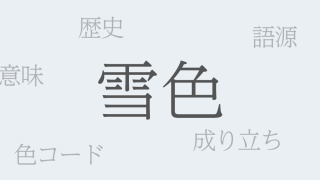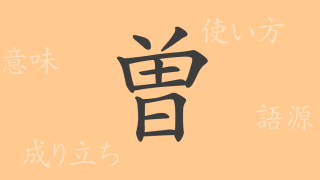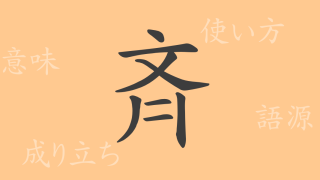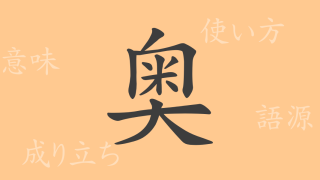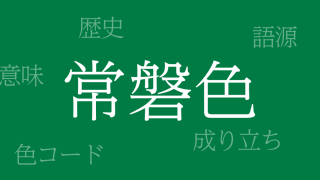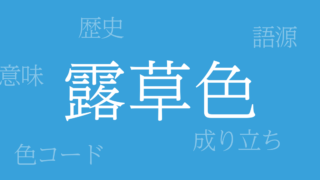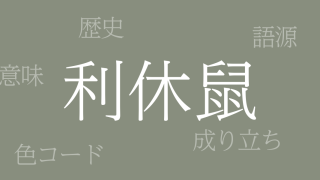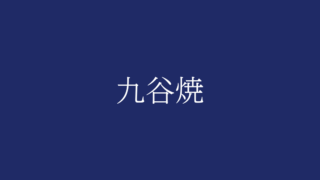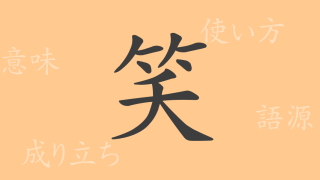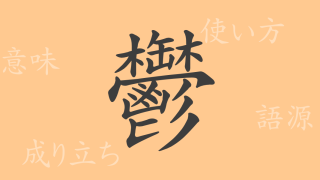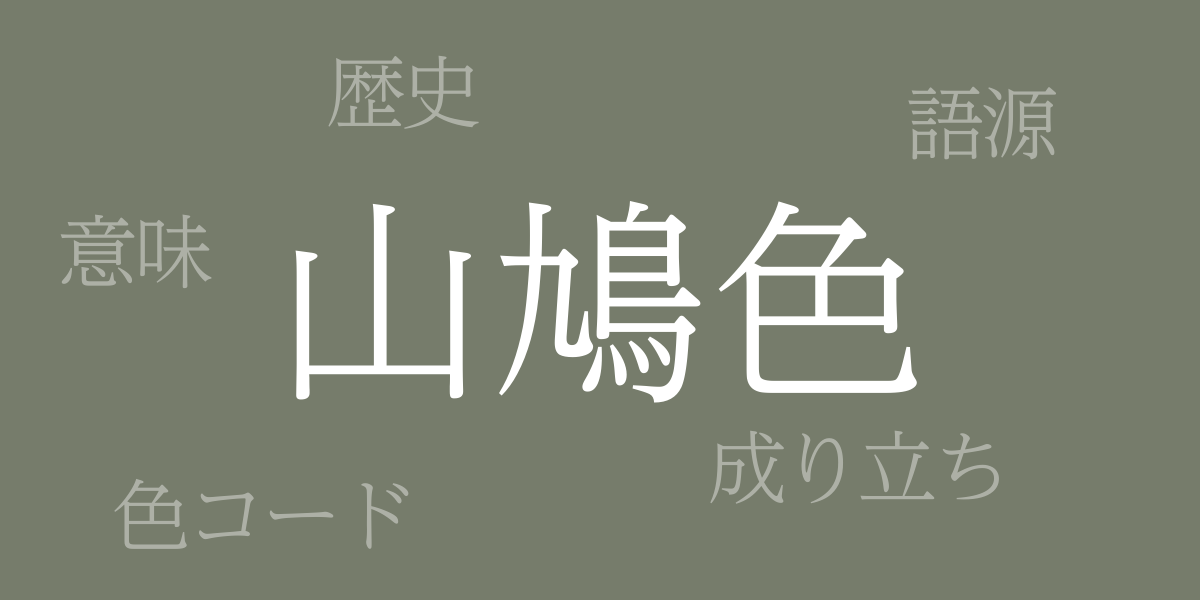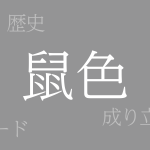Japan’s four seasons are known for their vivid colors, but traditional colors are particularly captivating. These hues symbolize the beauty of nature and the delicate sensibilities of the Japanese people. This feature focuses on one such traditional color, “Yamabato-iro (山鳩色 – やまばといろ),” exploring its profound charm.
About Yamabato-iro (山鳩色 – やまばといろ)
Yamabato-iro, meaning ‘pigeon color’ in English, is a traditional Japanese color resembling the grayish-brown of a mountain pigeon’s feathers. This color, which harmonizes with nature, imparts calmness and warmth, making it beloved in clothing and interiors alike.
The History of Yamabato-iro
Yamabato-iro has been used since the Heian period and is deeply ingrained in the Japanese way of life. Commonly found in kimonos and Japanese paintings, its tranquil hue reflects Japan’s traditional aesthetic values.
Color Codes for Yamabato-iro
For those looking to replicate Yamabato-iro in digital design and web production, the following color codes will be useful:
- HEX: #767C6B
- RGB: R:118 G:124 B:107
- CMYK: C:61 M:49 Y:60 K:1
International Name for Yamabato-iro
In English, Yamabato-iro is sometimes referred to as “Pigeon Gray.” This name also evokes the color of pigeon feathers, aiding in international color comprehension.
Summary of Yamabato-iro
Yamabato-iro, true to its name, offers a serene hue that connects us to nature, serving as a vital link between Japan’s traditions and contemporary culture. Incorporating this unique color in fashion and design adds depth and historical significance to creations. Using traditional Japanese colors means weaving cultural narratives into design, transcending mere color selection.





